A Second Officer is a deck officer in charge of a navigational watch (OIC-NW). He is also called the Navigational Officer since his job description centers on voyage planning and chart works.
At other times, he is called a Second Mate.
If the ship’s captain gives the next voyage, the Second Mate immediately plots the vessel’s course from its current position to the destination. The Captain usually asks for distance and the estimated time of arrival (ETA) after giving that information.
The Second Officer’s salary is one of the highest on board. Since he is the next in command before the Chief Mate, he is usually trained in loading operations, discharging operations, ballasting/ deballasting, and tank cleaning.
When I was a deck cadet, I wanted to learn how to use a sextant to find the ship’s position. Our second mate taught me a lot about it.
Duties and Responsibilities
A Second Mate’s duties revolve around the ship’s bridge. He is in charge of testing and maintaining all navigational equipment including the gyro compass, chronometer, EPIRB, barometer, and many others
Additionally, he updates various publications including navigational charts.
Second Officers report to the Master for Navigation, Bridge Operations, and Emergency Responses. For all other duties, he reports to the Chief Officer.
Navigation and Bridge Operations
Since a second mate’s job centers around the ship’s bridge, his responsibilities are mostly paperwork.
He handles equipment maintenance, especially those related to the Global Maritime Distress and Safety Systems (GMDSS).
Here is a comprehensive list of his duties. Keep in mind that some companies have variations so you better consult them for clarifications.
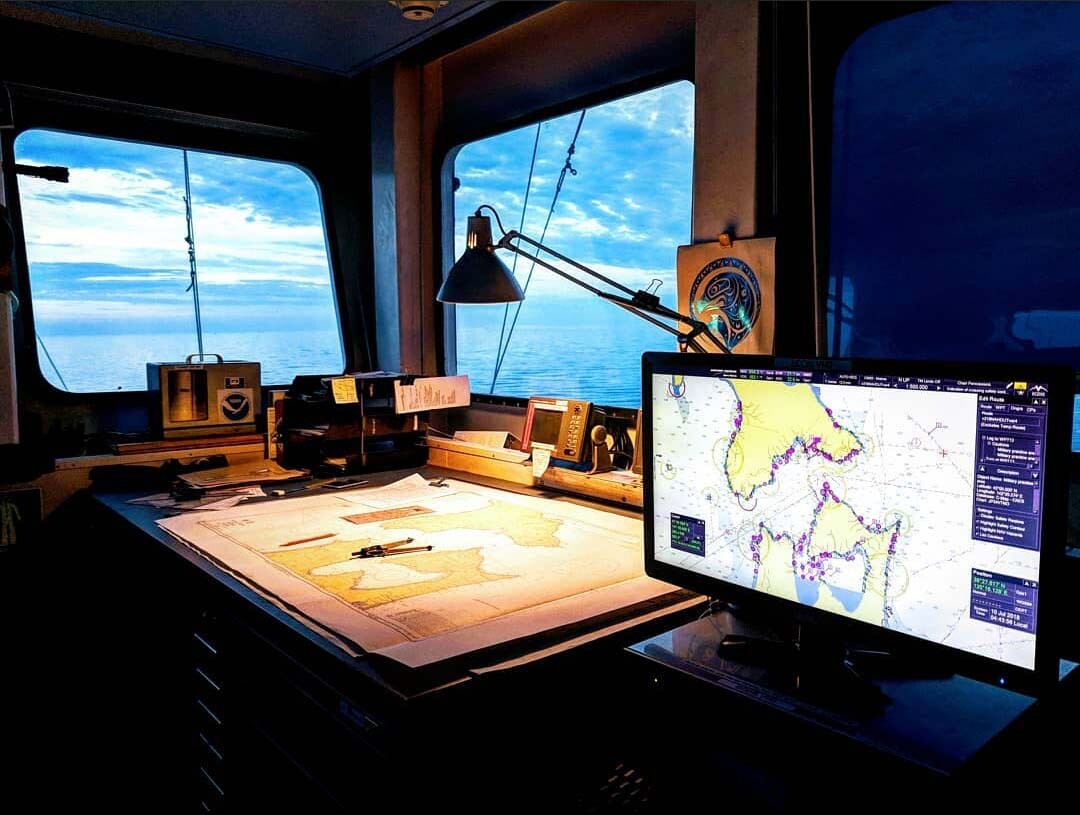
Watchkeeping
- Perform the 0000-0400 & 1200-1600 bridge watch whether at sea or anchorage.
- He must always adhere to the requirements of the International Regulations for the Prevention of Collisions at Sea (COLREGS). Moreover, he must also take into account the ICS Bridge Procedures Guide. Lastly, he must familiarize himself with the company’s navigational procedures, and the relevant orders from the Master.
- Follow Bridge Standing Orders.
- Establish the vessel’s position whilst at sea, using all available means.
- Submit the Noon Report to the master and plot the noon position in the chart.
- Performs celestial navigation, especially during cross-ocean voyages.
- As an Officer of the Watch (OOW), ensure that the relieving OOW is well informed on the vessel’s position. This includes all conditions affecting the ship’s navigation.
- Ensure that all members of the relieving Bridge team are fit for duty, particularly as regards their adjustment to night vision.
Bridge Equipment
- Ensure the testing and functionality of all navigational instruments, lights, and signals. This includes gyro & magnetic compasses, RADARS/ ARPA, echo sounders, autopilots, GPS, etc.
- Check for errors made by those electronic tools including ARPA ranges, chronometers, gyro errors, compass errors, etc. as well as their limitations.
- Ascertain that all spares for navigation equipment are sufficient on board.
Chart Works and Publications
- Prepare to fix a detailed voyage plan based on instructions from the Master. Must lay off, on the appropriate charts, the courses for the entire voyage, from berth to berth (if known).
- Ensure that all voyage and likely trading area charts are on board. Moreover, they should be the most recent edition available.
- Ensure that all charts are correctly filed in the appropriate folio. He must mark superseded or withdrawn charts and not store them on the bridge.
- Ensure that all charts are maintained correctly up to the most recent Notices to Mariners/ navigational warnings received.
- Check that all nautical publications (including tide tables, light lists, almanacs, pilot books, etc.) are available on board. Additionally, he must correct and update them. They should be the most recent editions available.
- Monitor the supply of weekly Notices to Mariners. He must advise the Master in the event of non-supply, or missing editions.
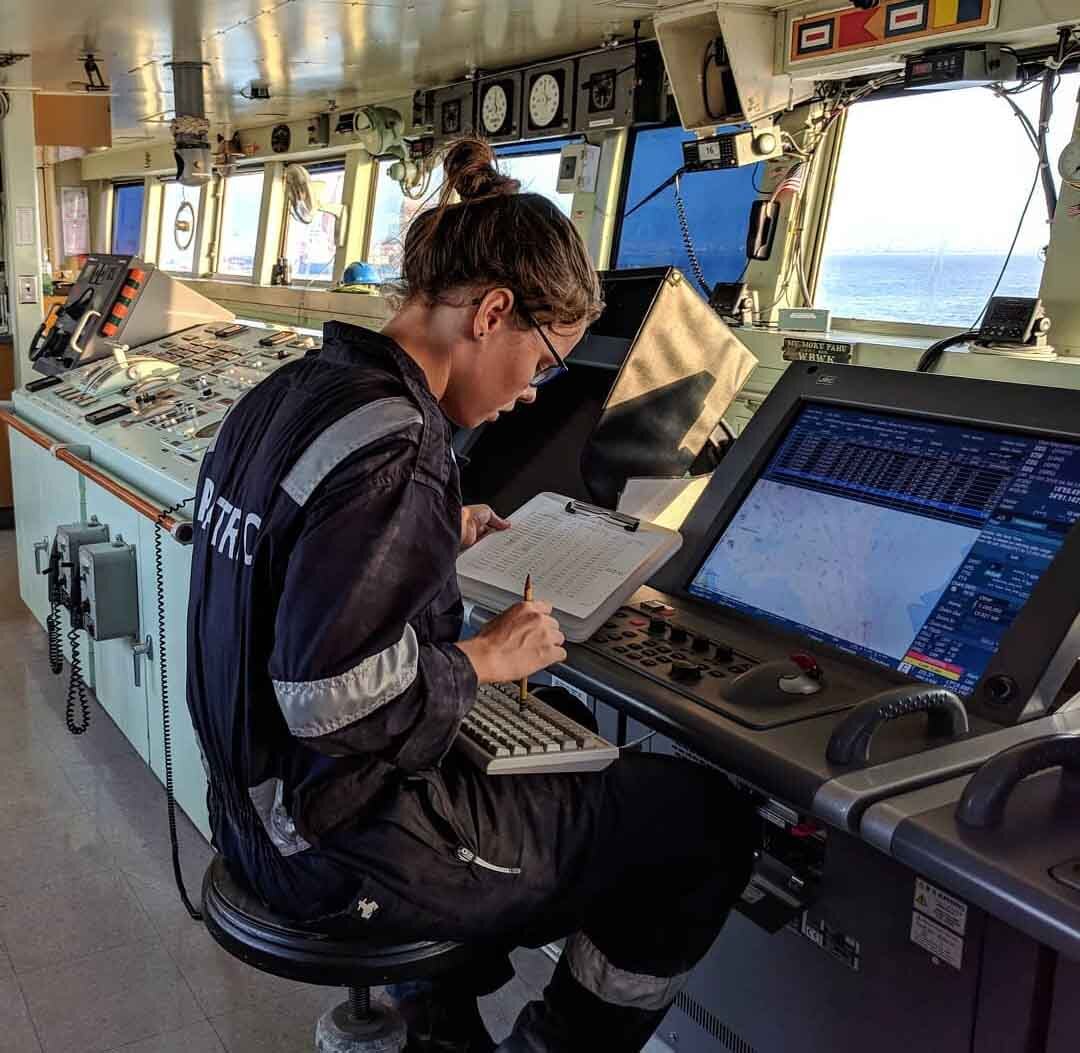
Record-Keeping
- Maintaining records, such as RADAR/ ARPA logs, compass error books, chronometer rate books, etc.
- Maintaining records of voyages (distances, navigation information, port/ harbor information, etc.).
- Collect and store such records according to relevant international and company regulations.
- Properly acknowledge all Navigation Warnings received via radio/ NAVTEX and post them promptly.
Cargo Operations
The Second Officer is directly involved in cargo operations together with the Chief Mate and other junior officers.
- Perform cargo watch from 0001H-0600H and 1200H-1800H. If there are three junior officers, they can establish four-hour watches to preserve their rest hours.
- Assist the Chief Officer with the supervision and organization of cargo operations in the port.
- Conduct ballasting and deballasting operations.
- Check the ship’s draft while in port as per Chief Mate’s direction.
- Perform safety rounds before or after his watch and ensure that they maintain the ship’s ISPS security.
- Deputize for the Chief Officer, if necessary.
- Prepare his loading/ discharging plan for training purposes. He shall check and compare it to the Chief Officer’s plan.
Other Duties
- Read, familiarize and comply with all procedures/ instruction manuals of the Company’s Management System.
- Assist the Chief Officer in the medical attendance, hospital, and medical chest. Furthermore, he must keep relevant records and inventories as per the Master’s instruction.
- In charge of all controlled publications (Technical Library) of the Deck Department.
- Supervise mooring/ unmooring operation during maneuvering with the help of Bosun and the deck crew.
- Ensure that the bridge is clean and in order.
- The Second Officer may be designated as the ship’s Safety Officer. This is in agreement between the DPA and the Master.
- This job description is not exhaustive. Additionally, the Master at his discretion may assign other duties for the safe and smooth operation of the vessel.
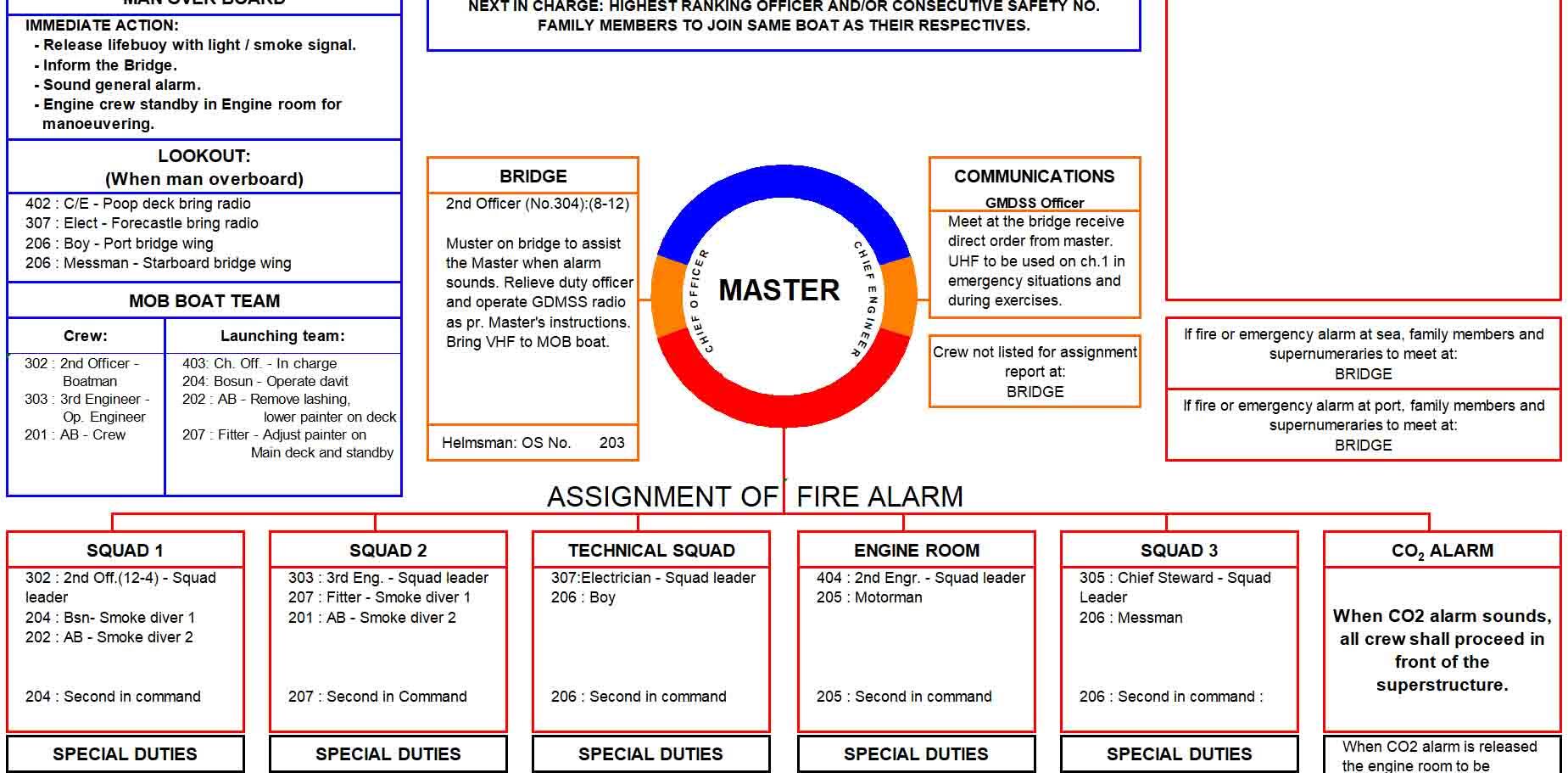
Duties in Case of Emergency
In most cases, the Second Officer stays on the bridge during an emergency. He assists the master in navigating the ship and communicating with other ships or shore authorities.
Furthermore, he sends distress signals and acknowledges responses from other parties.
He also records these events in relevant log books.
For more detailed and specific duties, you must consult your relevant Shipboard Emergency Manuals.
Here is an example of the emergency duties of a second officer.
- Abandon ship: Bring portable VHF radios, spare batteries, SART, EPIRB, and pyrotechnics.
- Man Overboard: Boatman. Bring VHF to MOB boat.
- Fire: Muster on the bridge to assist the Master when the alarm sounds. Relieve duty officer and operate GDMSS radio as per Master’s instructions.
Salary Differences
A Second Officer’s salary depends on many factors.
For example, European and American second mates earn more than their Asian counterparts.
So it’s difficult to compare them directly.
An American second officer earns about US$5,600.00 per month. However, their Asian equivalents may earn around US$3,800.00 per month.
The type of ship and principal company also affect salary. Second officers in tankers have less pay than on offshore vessels.
Particularly, shipping companies pay around US$4,700 for Second Mates in a chemical tanker vessel.
In offshore DP2 vessels, they could earn as much as US$7,000.00.This is true for all salaries of seafarers whatever their rank on board is.
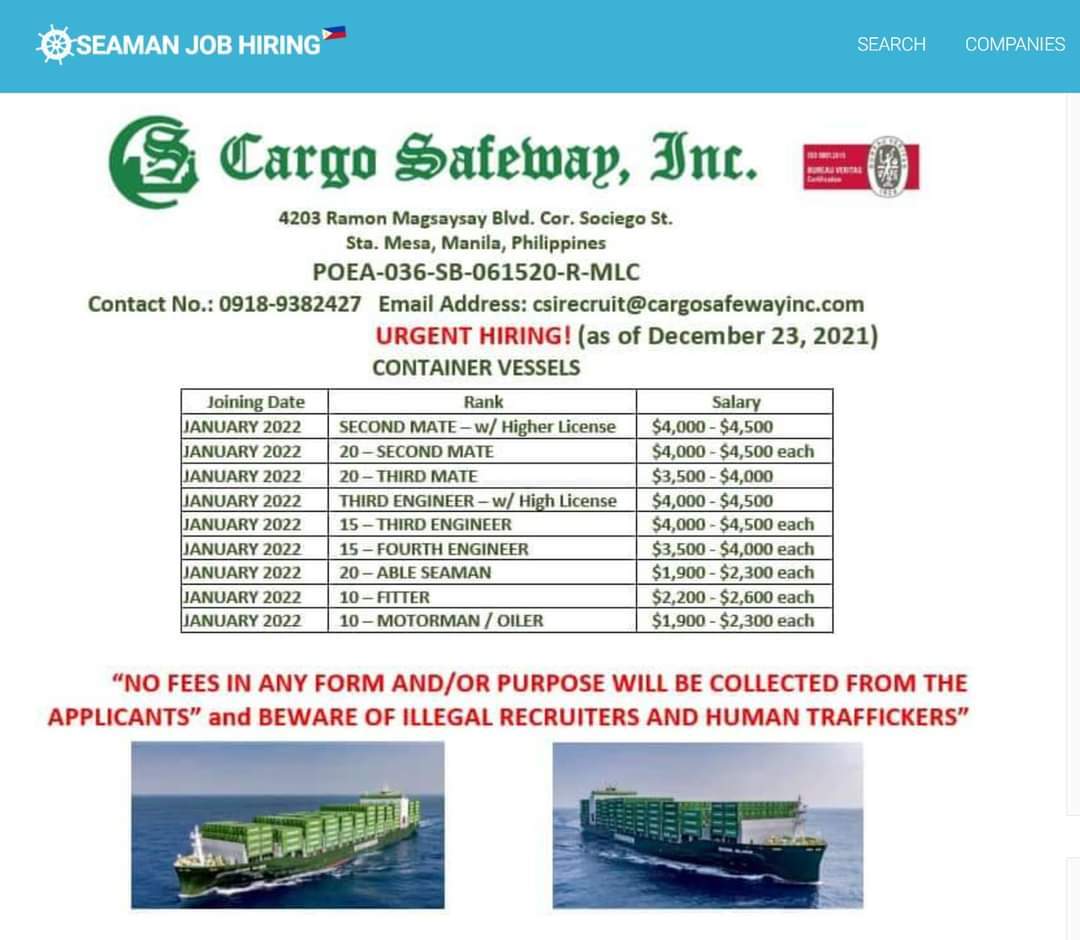
The Second Officer had the worst and now the best life on board
A second officer’s job used to be one of the most stressful jobs on board. In tanker vessels with short voyages, I find many navigational officers destroying their rest hours just to get jobs done.
I’m talking about piles of chart corrections that arrive every week!
During the age of paper charts and publications, second mates had a hard time keeping them up to date. They go crazy and spend so much time doing the corrections. This happens often, especially during vetting periods.
However, all of that flew out the window with the introduction of electronic charts and digital publications. Updating and correcting them takes only a few minutes with the help of the internet.
Now, instead of spending so many hours finding that small correction, second officers can just plug in a USB stick. This simple task updates everything in a matter of minutes.
See how their life changed?
With this modernization, who knows soon we may have autonomous ships sailing on the high seas.
May the winds be in your favor.

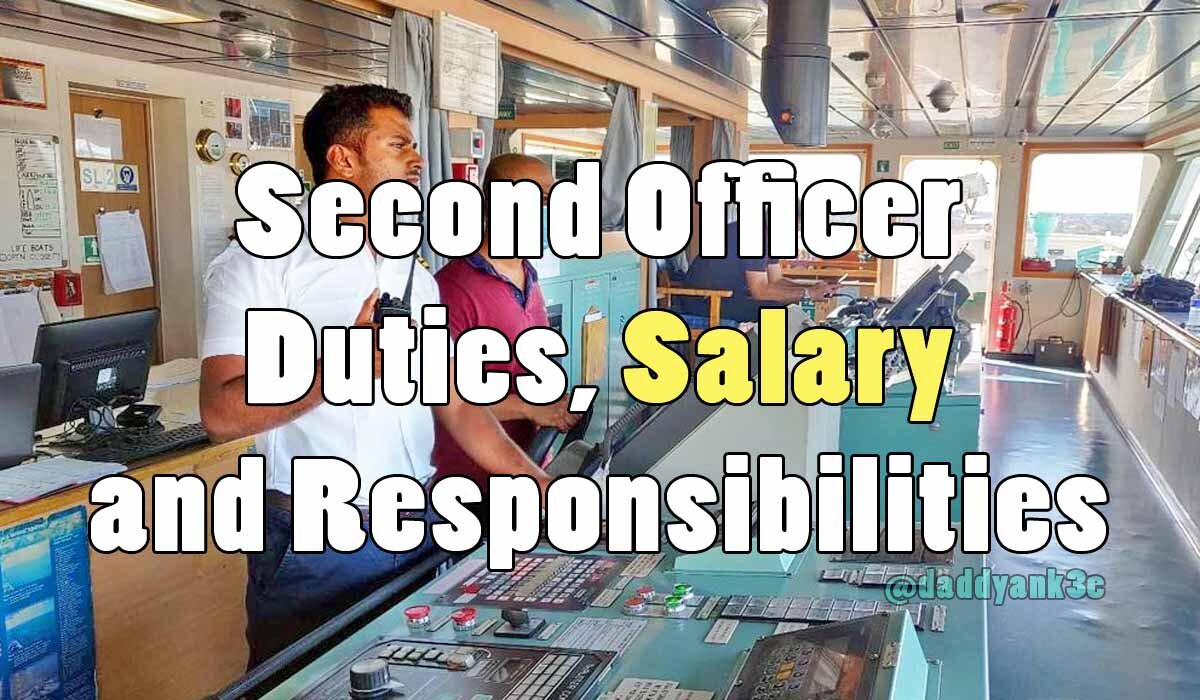
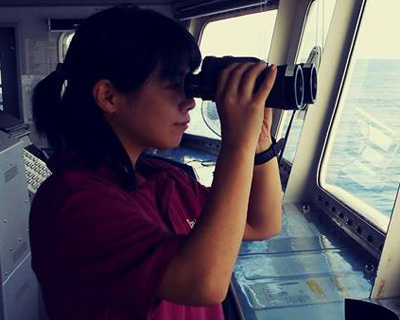
0 Comments